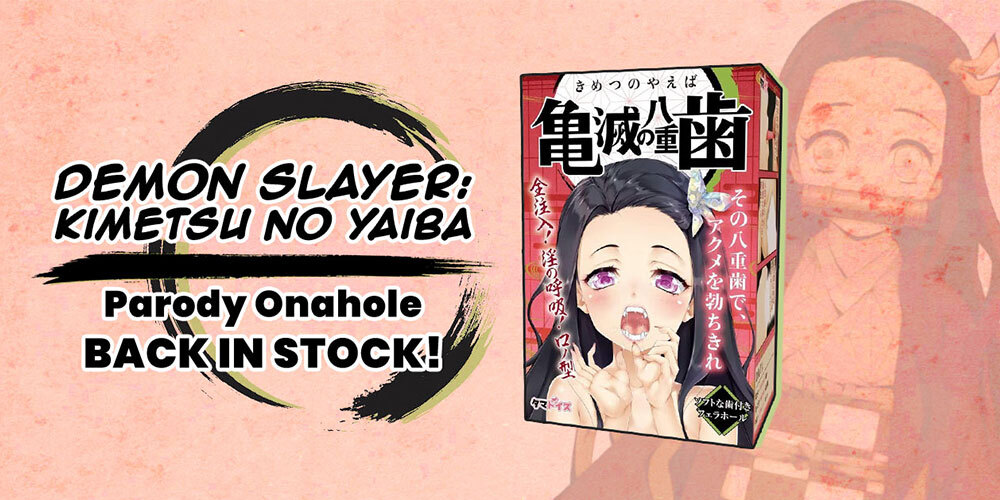You can’t live in a country if you don’t like the food, and one reason I’ve been happy living in Japan for the past 30 years is the amazing culinary delights here. But while I’m always happy to sample some katsudon or sushi or tempura, there are naturally some foods Japanese people love that I am not a fan of. Here’s a list of the Japanese foods that you might hate!
Sixteen Japanese Foods you Might Not Like!

Natto
Japan’s famous fermented soybeans are extremely healthy, and many top athletes and models swear by them…but not being raised in Japan, I could never get past the rotten bean smell. Natto is actually kind of a Kanto (Tokyo/Yokohama) thing, and people from Osaka famously hate it. It’s very stringy and hard to eat, too.
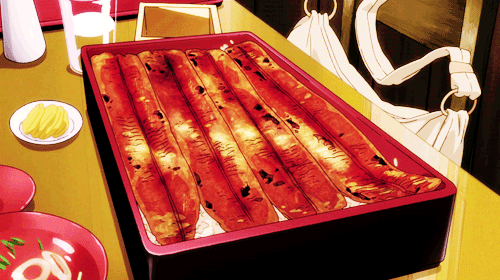
Grilled Eel over Steamed Rice
In the summer, the Japanese will go out of their way to eat unagi-don, or river eel cooked over charcoal and served over steamed rice. I will admit that it looks delicious, but the too-soft texture has kept me from becoming a fan of the dish.

Takuan (a.k.a. Mugi’s Eyebrows)
I’ve got a theory that all cultures in the world develop a close affinity to certain beans and pickles, which become part of their core culinary culture which can separate members of that society from “outsiders” who usually can’t eat the foods. Koreans have kimchi, Australians have beetroot and Vegemite, and so on. Japan loves many kinds of tsukemono (pickles), including takuan, pungent pickled daikon radish, which is another of the Japanese foods I’m not a fan of.
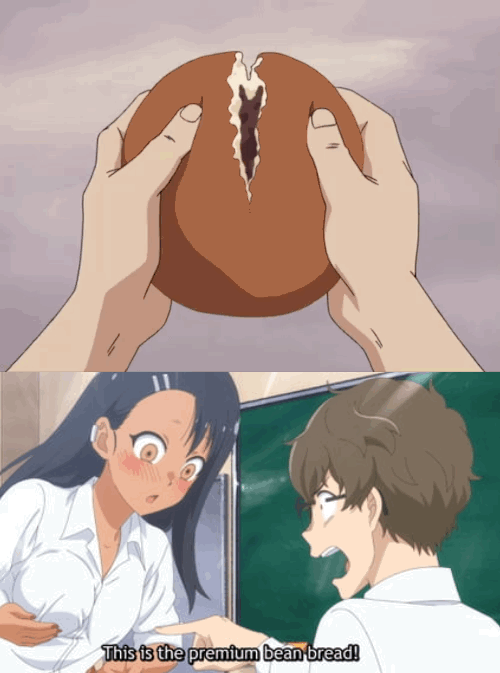
Anko (Sweet Beans)
The other part of my theory relates to beans, and how each culture embraces different types. Americans tend to eat Boston baked beans or Mexican refried beans, but the Japanese hate them because they expect beans to be sweet, like anko beans found in anpan bean bread. You can always tell when a Japanese has lived in the U.S. for a long time if he can eat Mexican beans without complaint.
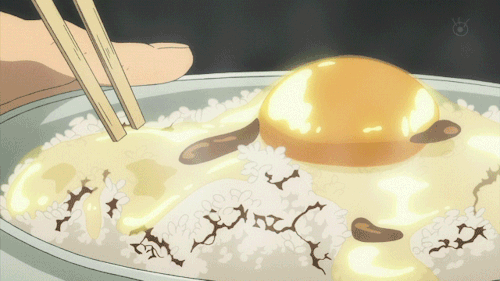
Raw Egg Over Rice (Tamago Gohan)
One of the first Japanese foods I ate when I got to Japan was gyudon, the ubiquitous beef bowl that is Japan’s most popular fast food. I observed the people around me purchasing raw eggs which they cracked open and deposited inside their steaming bowl of rice and beef, and I copied them. I’m glad I did because it’s delicious, with the egg cooking from the heat of the rice. My daughter loves making tamago gohan whenever she needs something to snack on.
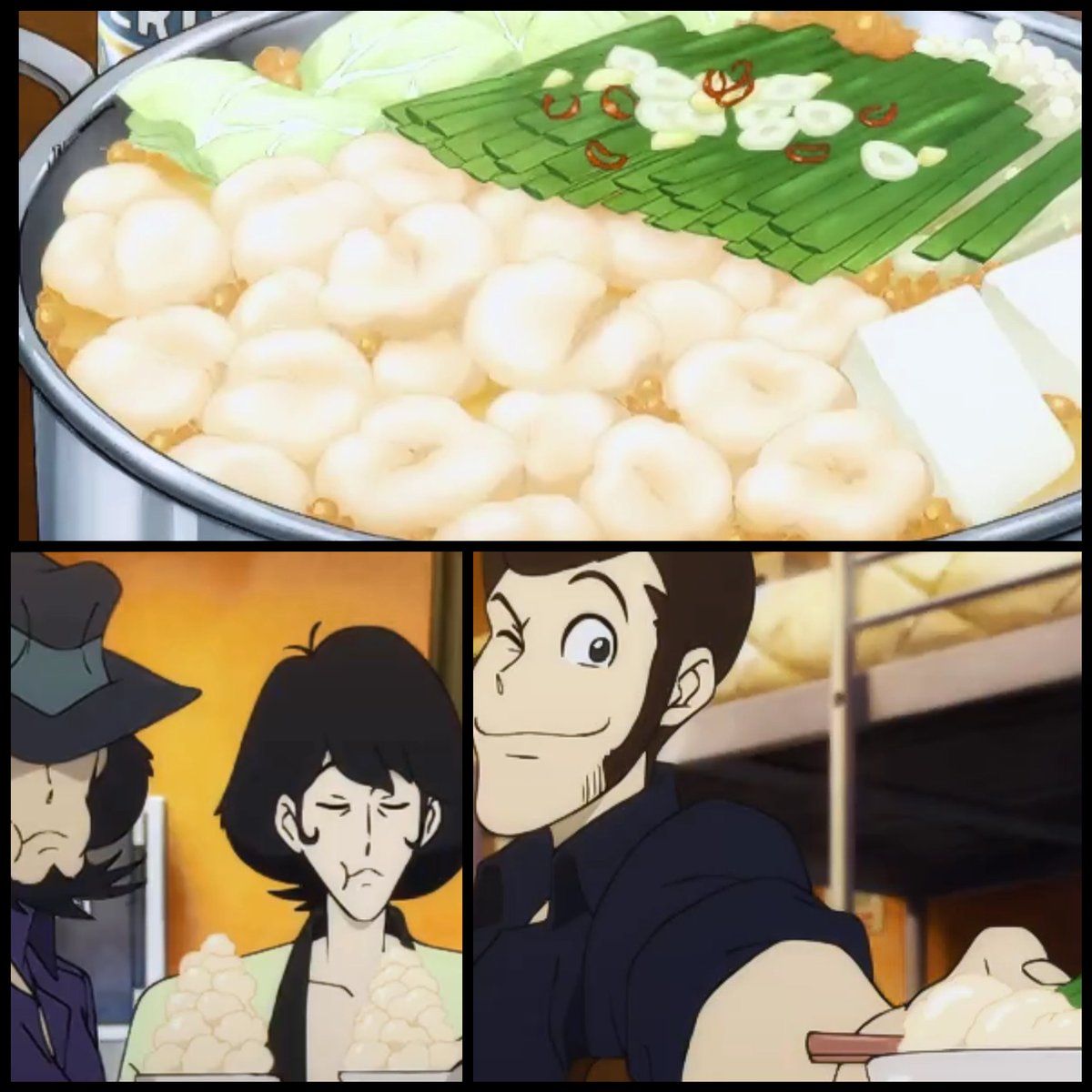
Horumon (Delicious “Hormones”)
Sometimes words get mis-mapped when crossing linguistic barriers, like the way the word tension means “a high level of excitement” when used in Japanese or the way the word bitch has a meaning closer to “slut” here. The English word hormone somehow came to mean all forms of tripe, intestines, or other innards of pigs or cows. It’s one of those foods that’s totally delicious if I don’t know what it is before I eat it.
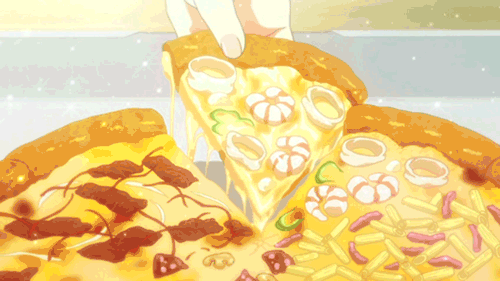
Squid and Mayonnaise Pizza
Another shocking moment when getting pizza in Japan is finding out that ingredients like squid, shrimp, and even anchovies are considered totally appropriate to put on pizza. Corn and mayonnaise pizza, too, because why not? (The Japanese hate the idea of pineapple on pizza, however.)
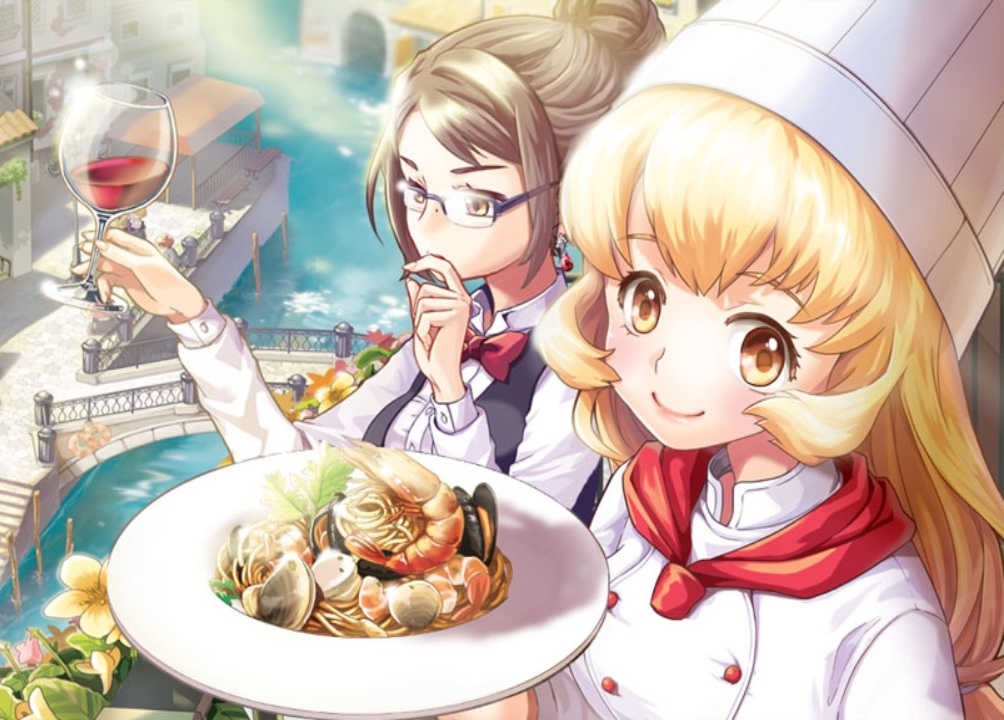
Seafood Spaghetti
If you’re from the U.S. or the U.K., you might think that the only thing that goes on pasta dishes is meat sauce, but in Japan more often than not it’s pescatore seafood dishes containing shrimp, clams, and squid. I love them all!
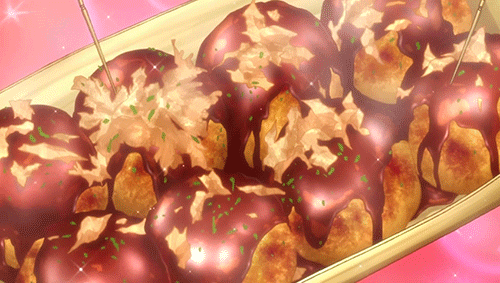
Takoyaki (Octopus Batter Balls)
If you’re not into octopus meat, you might not like takoyaki which are balls of batter with a delicious sauce on top and a piece of tako (octopus) meat inside. A specialty of Osaka, I love the stuff, but not everyone might.
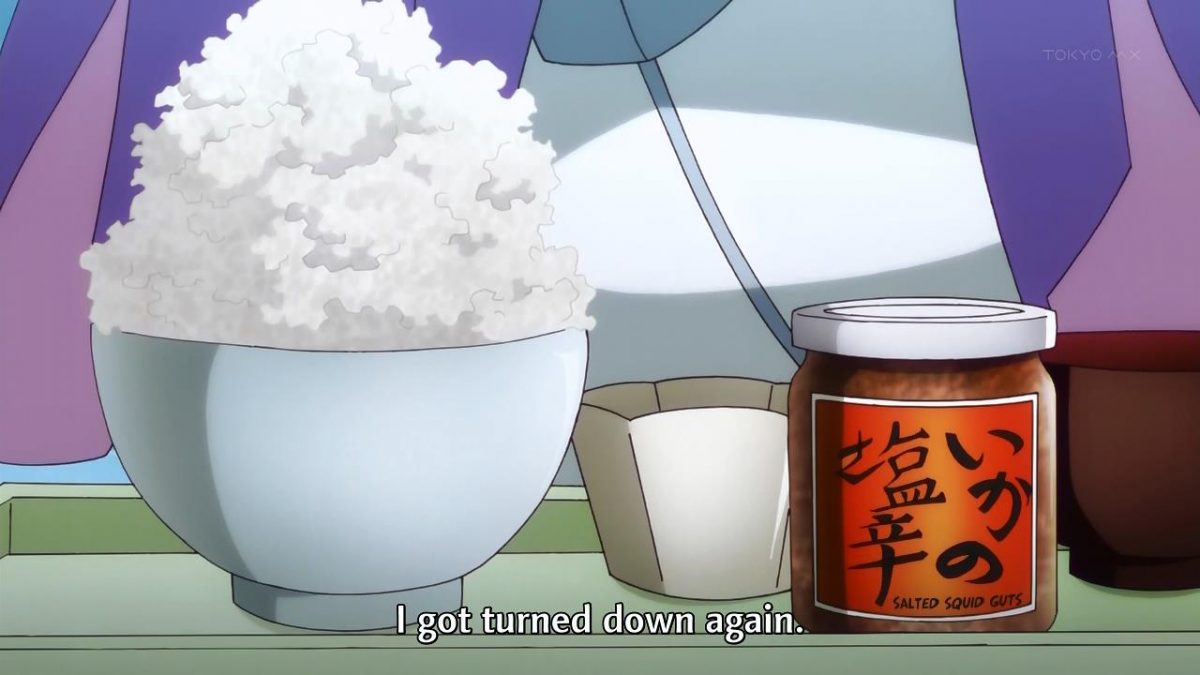
Shiokara (Pickled Squid Guts)
I’m a fan of squid and eat it in various Japanese foods. But shiokara, which is basically squid guts pickled in brine? Not so much.
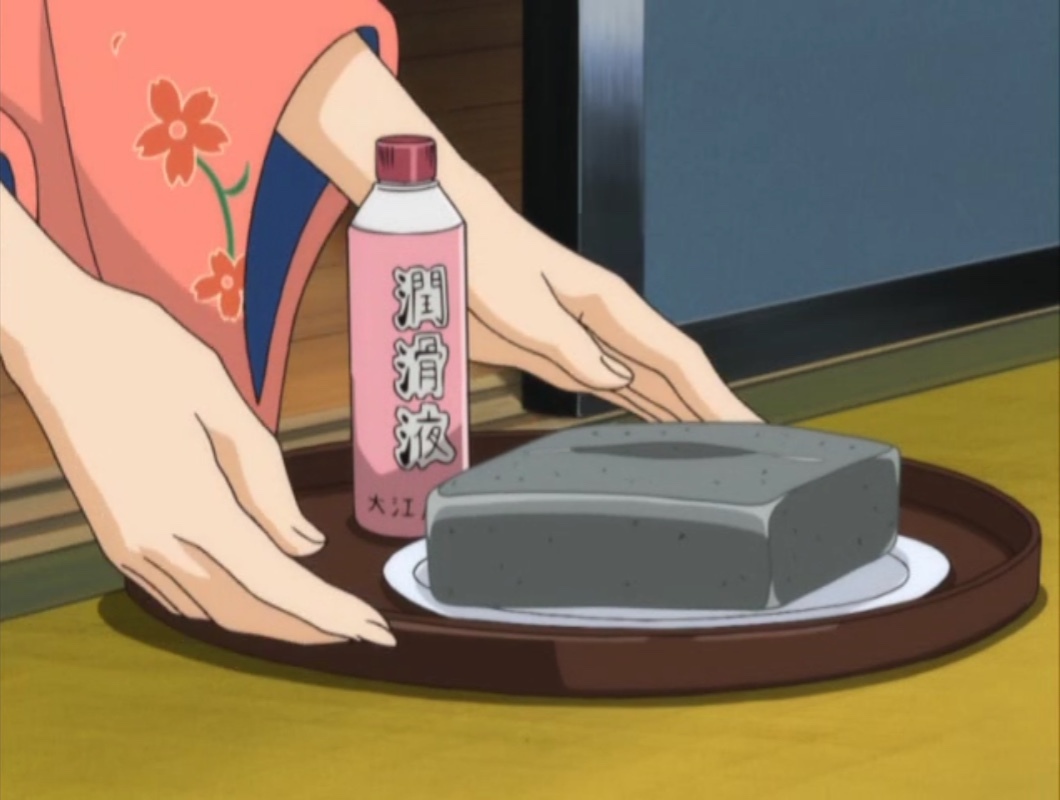
Konnyaku (Konjac or Devil’s Tongue)
Another mysterious Japanese food, konnyaku is an extremely firm gelatinous food made from a kind of yam, which looks like sand-colored gelatin that’s been prepared with too little water. It’s extremely healthy and has very few calories, and almost no taste, but there’s just one problem: it can kill you because it’s so firm. Every fear years a child or elderly person dies from choking on konnyaku.
Another traditional use for blocks of konnyaku is male stress relief. Heres a post about what men in Japan did before ero toys existed.
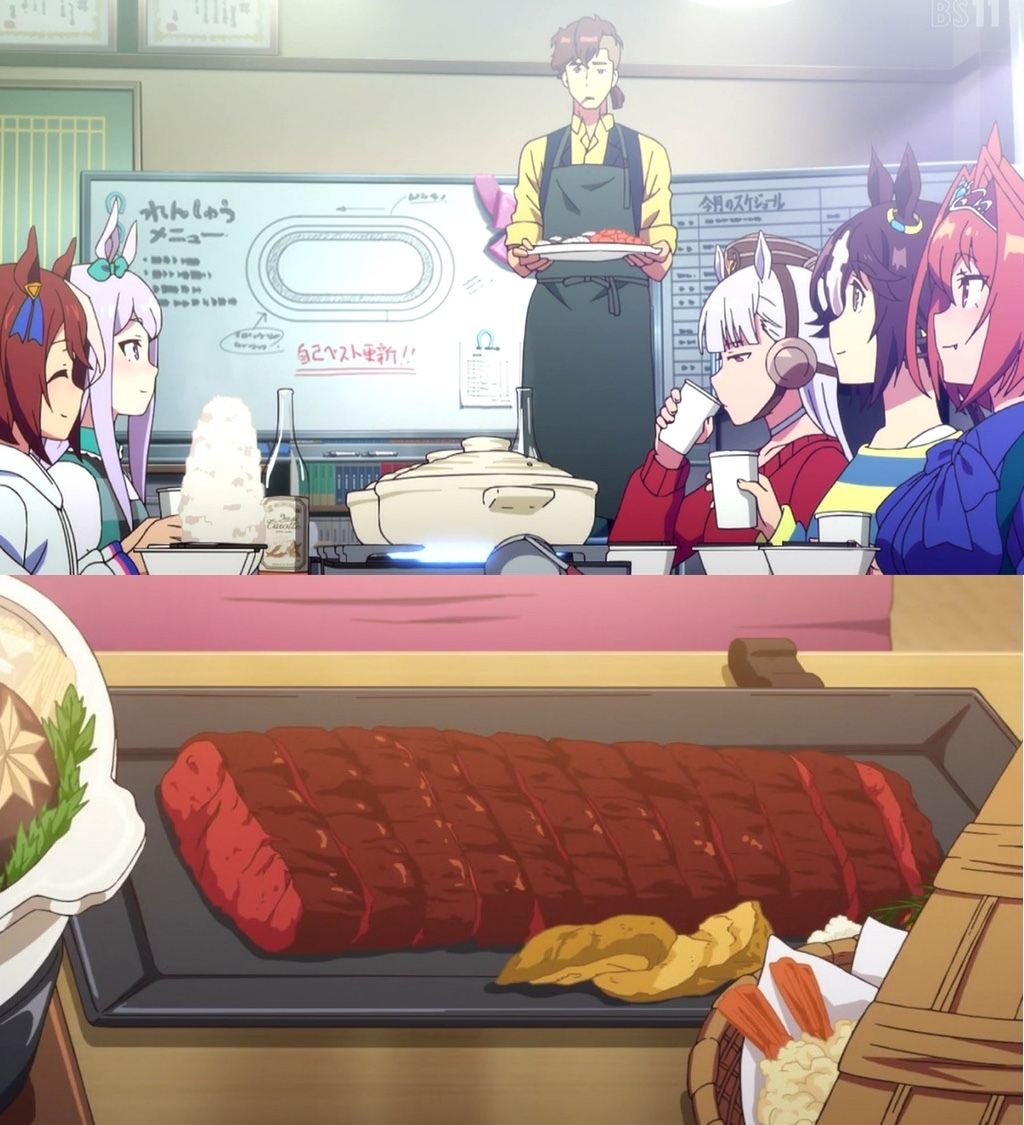
Horse Sushi
Raw horse meat is one of those things that seems like it’d taste awful but is pretty good when you try it. In an extremely dark episode of Uma Musume, the horse-girls end up eating basashi while fans looked on in horror.

Kani Miso (Crab Brains)
One of Mrs. J-List’s favorite foods, whenever we eat crab she’s happy to steal my kani miso, the brown creamy stuff that’s on the underside of a crab’s shell. It’s really good mixed with rice, she insists.
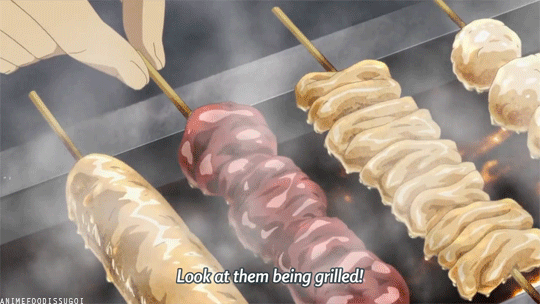
Nankotsu (Chicken Cartilage)
One of my favorite Japanese foods is yakitori, grilled chicken on a stick, but there are many varieties, some I’m not necessarily a fan of. One type I could never learn to love is nankotsu, or grilled chicken cartilage.
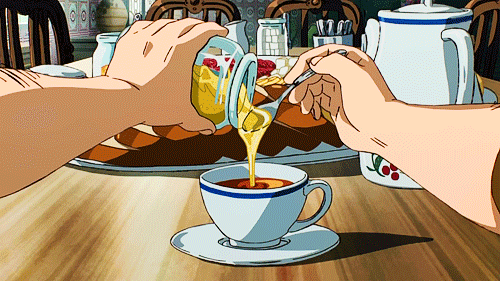
Hachinoko (Bee Larvae)
During the COVID crisis, Mrs. J-List and I found a nice hot springs hotel in the mountains and went for some relaxation. On our way back we passed a shop selling honey, and so we stopped to pick some up. In addition to normal varieties of honey, they had… honey with dead bees trapped inside. It turns out that bee larvae and bees in general are considered a delicacy in Japan.

Fugu (Pufferfish Sushi)
The famous fish that can kill you if it’s prepared improperly, fugu sashimi is delicious, and I eat it whenever I see it on the menu.
Thanks for reading this post on foods from Japan you might not like. What Japanese foods are you not a fan of? Post them below, or share your thoughts with us on Twitter!
Tamatoys has built a brand around bringing our 2D fantasy world closer to our 3D reality by creating fun parody toys. The legendary Nezuko parody ero toy is back in stock one last time, complete with (soft) fangs. Grab your before it’s gone forever!


